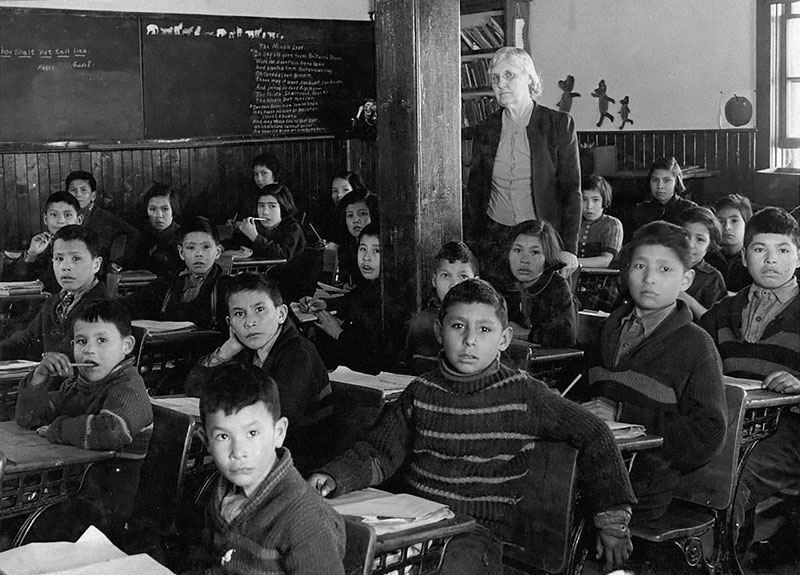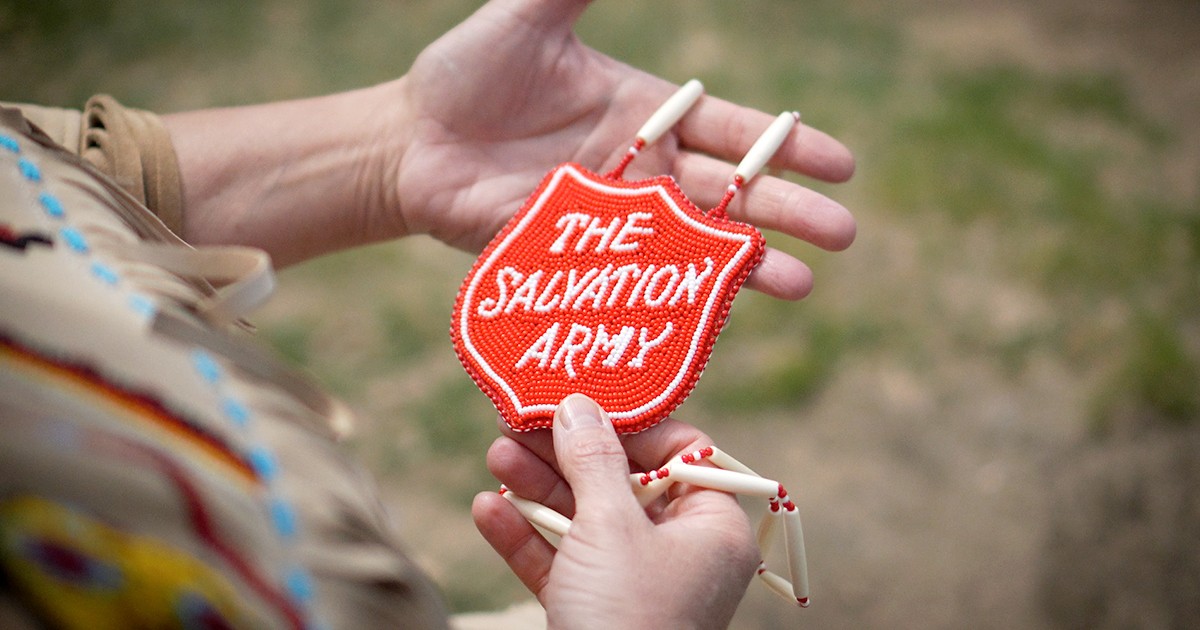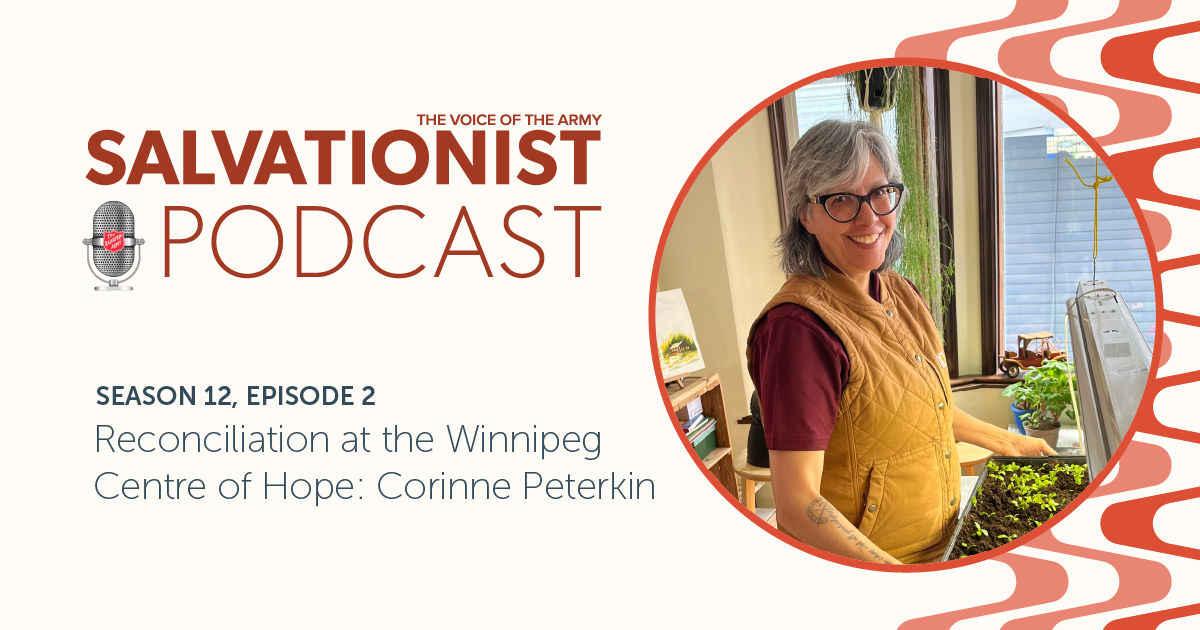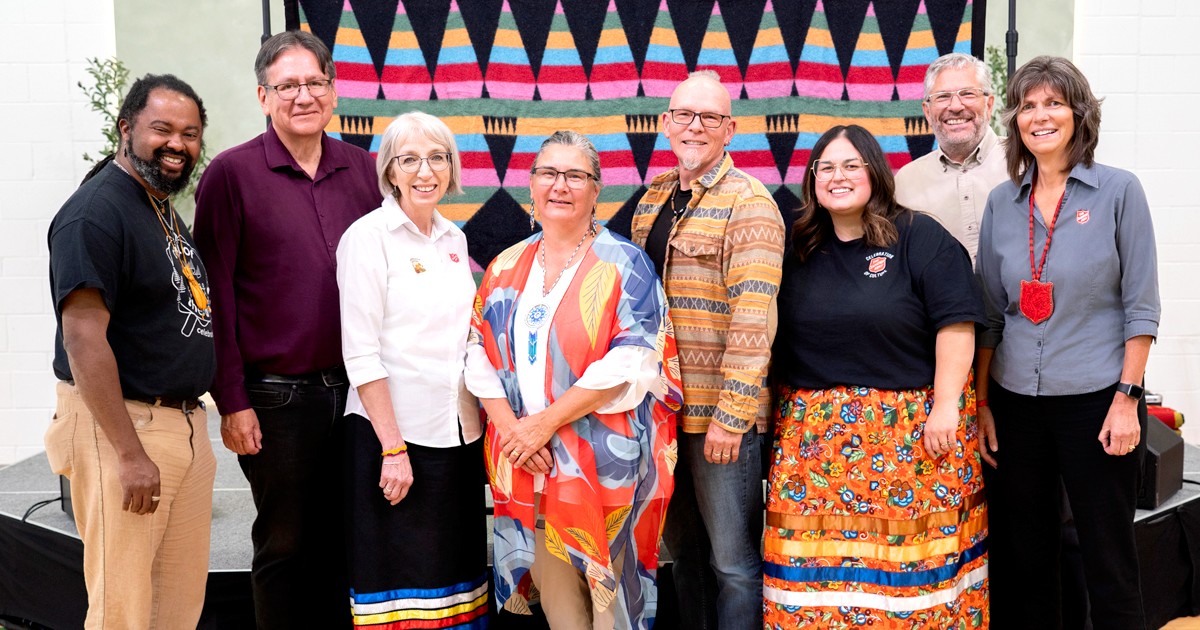In the 19th century, the Canadian government adopted an aggressive assimilation policy toward Indigenous people, establishing residential schools as a way to “civilize” and integrate Indigenous children into the dominant culture. Attendance at these government-funded, church-run schools was compulsory, and it’s estimated that about 150,000 First Nations, Inuit and Métis children were removed from their families and communities.
Approximately 140 residential schools operated across Canada. The last institution, Gordon Indian Residential School in Saskatchewan, closed in 1996.
These buildings are a haunting reminder of the legacy of the residential school system. Some have been demolished. Some have been repurposed as elementary schools or colleges. One has been converted to a golf course and casino. Another is home to the Canadian Centre for Child Protection. A few have been designated as provincial heritage sites.
The Assembly of First Nations is seeking to find all of them, whether demolished or standing, and plot their location by GPS, before the memories are lost.
What should be done with the handful of residential school buildings that remain? Should they be demolished, or preserved?
Ry Moran, director of the National Centre for Truth and Reconciliation at the University of Manitoba, calls them “sites of conscience,” and told CBC News they should be marked and acknowledged, even though they “represent a dark and difficult chapter of this country’s history.”
“That’s why we hang on to concentration camps,” he says. “It’s essential for us, as humanity, not only that we celebrate who we are when we’re at our best, but also we never forget who we have been when we’ve been at our worst.”
Major Shari Russell, Indigenous ministries consultant for the Canada and Bermuda Territory, agrees. “There is value and importance in remembering our history, whether or not it’s positive,” she says. “To quote Henri Nouwen in The Living Reminder: ‘We want to forget the pains of our past—our personal, communal and national traumas—and live as if they did not really happen…. Forgetting the past is like turning our most intimate teacher against us.’
“We need our history to teach us how to reframe our relationship for the future.”
There is a significant risk that getting rid of these buildings could make it easier for us to minimize, and maybe even forget, this once-hidden part of Canadian history. Even as these buildings remained standing during the ’60s, ’70s and ’80s, the story of residential schools was not part of most elementary or high school curricula. Students have not learned this shameful part of our history. Eliminating the buildings could, in fact, more permanently eliminate the story.
In Brantford, Ont., the former Mohawk Institute Indian Residential School, which operated from 1828 to 1970, is now part of the Woodland Cultural Centre, which serves to protect and promote First Nations heritage. The centre offers tours of the school, and guides share survivor stories.
Perhaps the remaining residential schools scattered across Canada could also be preserved in such a way, in order to honour survivors and remember a system accused of carrying out cultural genocide. Perhaps visiting a residential school should be part of the educational curriculum for Canadian students.
What do you think? How should we teach the dark chapters of our history, along with stories of Confederation, the railroad and the Halifax Explosion? How do we respond to the Truth and Reconciliation Commission? How do we take reconciliation seriously?
Major Doug Binner is the corps ministries secretary in the Canada and Bermuda Territory.










Leave a Comment